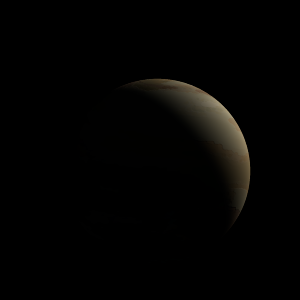|
|
Space Astro
|
Info for exoplanet "Peloge-ja"
| Scientific (actual) data |
|---|
| Name | Kepler-245 c |
| Planet status | Confirmed |
| Radius | 0.194 |
| Orbital period | 17.4608 |
| Semi major axis | 0.124 |
| Discovered | 2014 |
| Updated | 2021-02-05 |
| Tconj | 2454970 |
| Impact parameter | 0.2 |
| Publication | Announced on a website |
| Detection type | Primary Transit |
| Alternate names | 2MASS J19263335+4226107 c, K00869.03, KIC 6948054 c, KOI-869 c, KOI-869.03, WISE J192633.32+422610.9 c |
| Star name | Kepler-245 |
| Right ascension | 291.64° |
| Declination | 42.44° |
| Mag j | 14.121 |
| Mag h | 13.688 |
| Mag k | 13.639 |
| Star distance | 882.65 |
| Star metallicity | -0.028 |
| Star mass | 0.8 |
| Star radius | 0.8 |
| Star temperature | 5100 |
| Star alternate names | 2MASS J19263335+4226107, KIC 6948054, KOI-869, WISE J192633.32+422610.9 |
| Wikipedia article | Kepler-245 c |
Back
| |
| Fictional info (?) |
|---|
| Suggested name | Peloge-ja |
| Planet type | Terrestrial |
|
| Estimated population | 800000000 |
| Atmosphere | Methane | 90% |
| Carbon dioxide | 8.7% |
| Oxygen | 0.37% |
| Water | 0.023% |
| Atmospheric pressure | 0.006 bar |
 |
| No known satellites |
| Google search for Peloge-ja |
|
Website by Joachim Michaelis
|
|
|
|